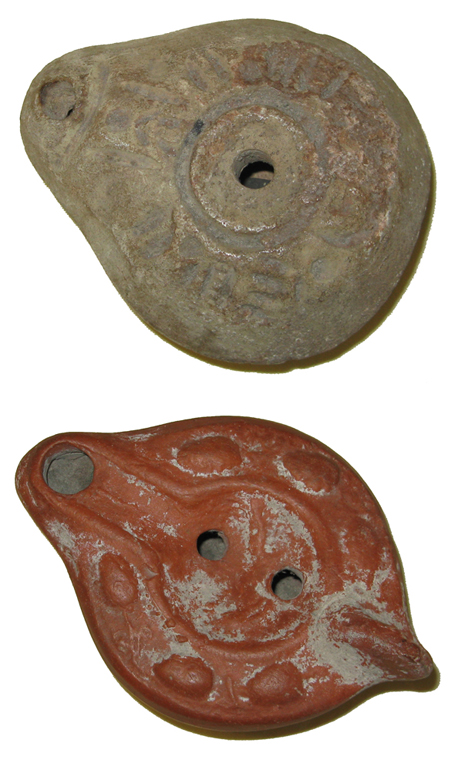The Byzantine Empire, also called the Eastern Empire, was the perpetuation of the Roman Empire into the Middle Ages; it lasted from the fourth to the fifteenth century AD. It grew, over the course of centuries, into its own entity after Diocletian’s division of the Roman Empire, Constantine’s establishment of Constantinople as the capital, and the fall of the western half of the empire in the late fifth century AD.
Like the “barbarian” Late Antique and early Medieval cultures of the west, the Byzantine Empire retained many of Imperial Rome’s traditions, but lacked the west’s Germanic influences. It soon developed its own particular synthesis of politics, religion, and society. Its artistic sensibilities were, like those of Late Antiquity, informed by the Classical and Hellenistic traditions, but also by Eastern Orthodox Christianity. Byzantine art shares much with Late Antique art, including the trend toward the spiritual and symbolic. Its hallmark is also a lack of naturalism, replaced by stylized representations which purposefully ignore scale and perspective. However, the art of the Eastern Roman Empire was often quite distinct from that of the medieval west, especially as the civilizations continued to diverge. One significant type of Byzantine art is the religious icon--a venerated painting of Christ, Mary, or a saint--an artistic tradition which continues to this day.
Byzantine is also a name sometimes given to the art of the Empire’s neighboring cultures, such as medieval Bulgaria, Serbia, and Russia.
Sculpture

Archangel Michael
Byzantine (Early Medieval Period)replica: from the British Museum, London
date of the original: 6th century AD
provenance of the original: now in the British Museum, London
description: One half of a diptych of which the other half is now lost. Draped figure of an archangel standing with orb in right hand, staff in left. Greek inscription reads lexou paronta kai mathon tenaitian. Resin replica; ivory original. Height 39.5 cm, width 13.5 cm, depth 1.5 cm.
This panel is one-half of a diptych, a hinged two-leaved tablet. The marks of three holes on the left border indicate the points at which the two panels were connected. This diptych was a book cover, whose illustration reflects the waning influence of Classicism giving way to the stylized medieval sensibility. In the Age of Justinian, roughly coinciding with the sixth century AD, ivory carvings were in vogue. They were inspired by Classical models but were adapted to Christian scenes.
The Archangel or Saint Michael who appears on this panel is probably a literal copy (with regard to its details) of a much more ancient figure (perhaps the goddess of victory, Nike (see: Nike Loosening Her Sandal), from whom the Christian angel is derived) that the carver had before his eyes. Although the precision of the Archangel, his classical robes and the architectural elements framing the figure embody some of the realism of antiquity, there is an obvious lack of perspective--the angel seems to hover over the staircase, barely touching the stairs. Painstaking Classical realism has clearly been abandoned in favour of added emphasis on symbolism. The unworldly pose of the figure is characteristically Byzantine.
The inscription, which must have been completed on the lost panel, translates, “Receive these gifts, and having learned the cause...”
Oil Lamps

Oil Lamps
Byzantine (Early Medieval Period)
originals
bequest of: W.A.S. Sarjeant
date: 5th-6th century AD
provenance: purchased by donor; found in a child's tomb excavated in Carthage in 1944
description: Two original oil lamps.
Byzantine Oil Lamp (top)
Length 8 cm. Probably 5th century AD. This lamp comes from the Eastern Mediterranean. It is made of baked clay with slip and has an impressed decoration on the shoulder and a star at the base.
Byzantine Oil Lamp (bottom)